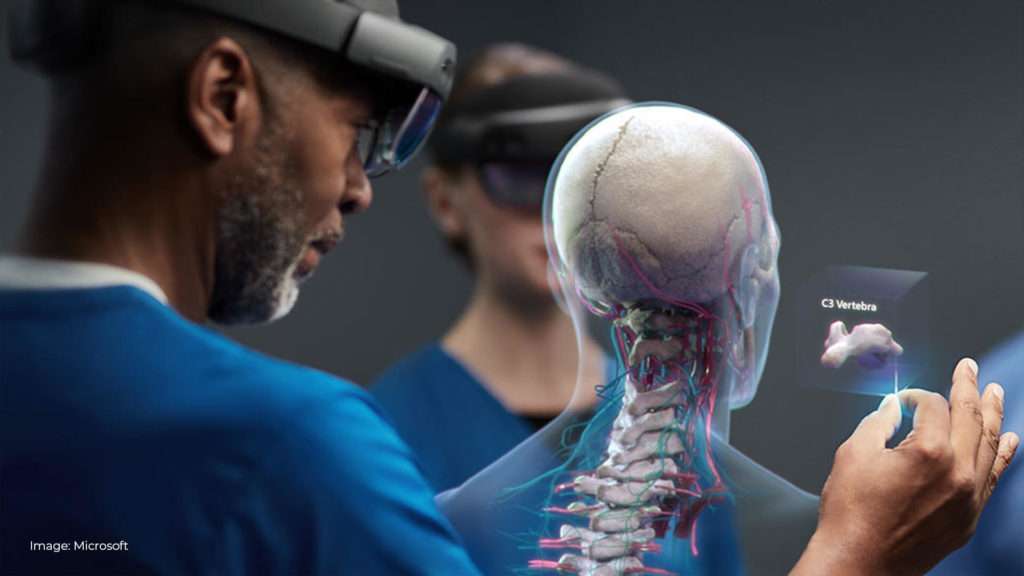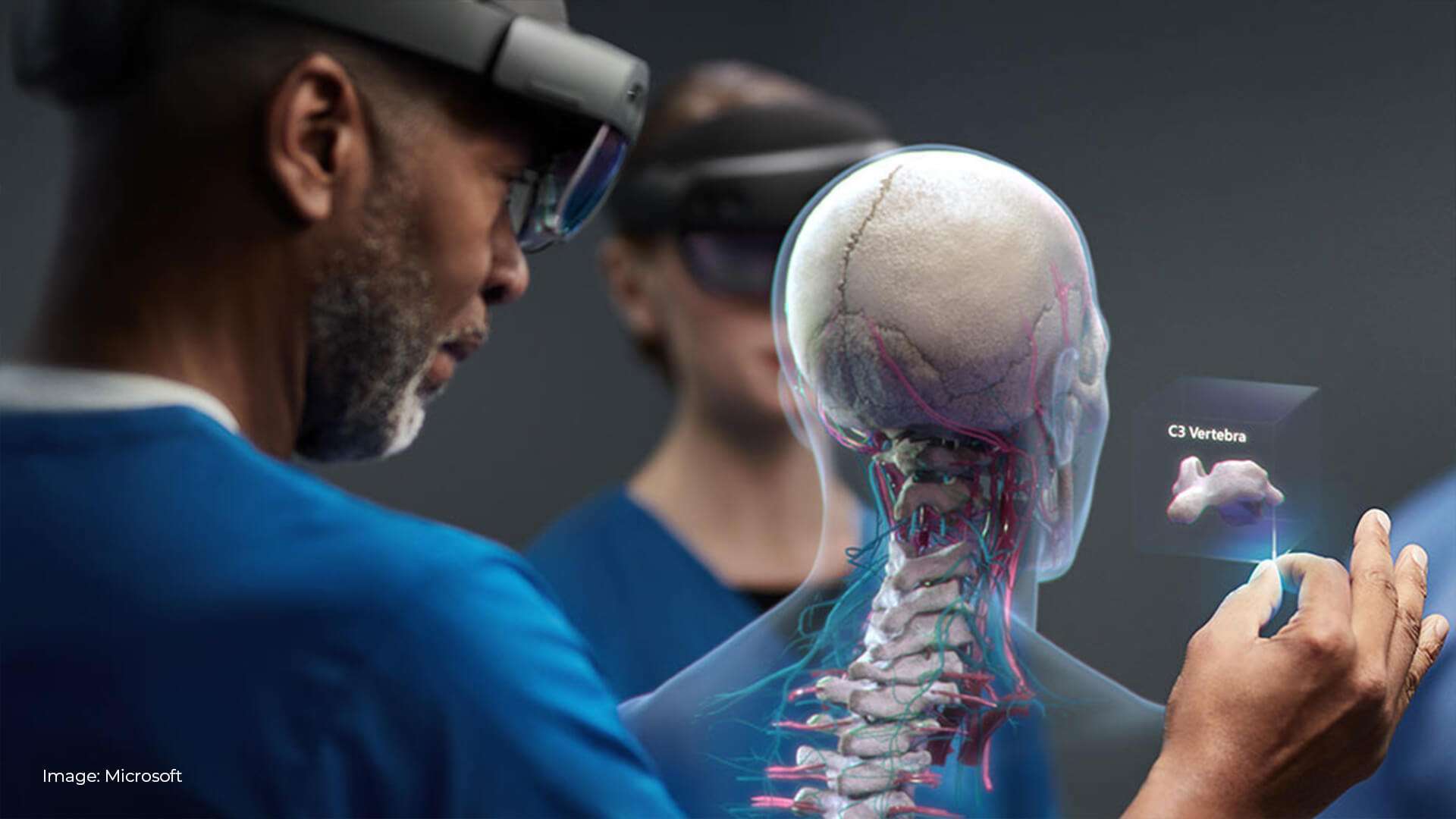Everyday examples of Mixed Reality
Everyday examples of Mixed Reality
It is hard to believe, but nearly four billion people worldwide actively use mobile phones every day. The number of smartphone users continues to grow.
Technology is overgrowing, and it is logical to expect modern life will look completely different 20-30 years from now.
The rapid rise of Augmented Reality and Virtual Reality is shaping our tech future. AR and VR are consumed on screens. The next step for immersive experiences is going towards something more experiential.
Technology is not bringing more of the physical world on digital screens but is placing digital data through Mixed Reality in our actual environment. Let’s find out more about mixed Reality and its everyday examples.
What is Mixed Reality?
Mixed Reality is made of different advanced technologies, primarily Augmented Reality and Virtual Reality.
To better understand Mixed Reality, we should point out the main differences between VR and AR:
Virtual Reality uses VR devices, which means that the user’s Reality is replaced inside the virtual world. It is designed the way to isolate users from their context to provide them an immersive experience. HTC Vive and the Oculus Rift, and HTC Vive are the best examples of VR devices in the market.
Augmented Reality is overlaying digital content on top of the real world. It doesn’t interact with your space. Simply physical world is acting as a static background for Augmented Reality. Examples of AR devices recently developed Snapchat’s Spectacles, and Google Glasses are some of the most recent developed examples.
Mixed reality devices, unlike AR, are constantly gathering information about the surroundings. They will be used to seamlessly place information and digital content on the physical space and allow the user to interact with it.
With Mixed Reality, the digital world goes to you, and you don’t dive and disappear into the digital world like Virtual Reality.

Best Examples of Mixed Reality
There are many MR apps conceivable in education that are helping students learn while they are interacting with virtual objects. Teachers can use simulations and 3D projections to instruct students remotely. Medical students were learning anatomy at Western Reserve University in Ohio with The Microsoft HoloLens.
Training: Almost every industry can use mixed reality tools and train employees or find better ways of doing things. Thanks to the realistic experience that MR creates, training and evolving operations can save a lot of money and time. For example, BAE Systems used a mixed-reality to improve their battery-building process by a remarkable 40%. This system projects a holographic template and helps workers in the factory visualize every step in the process.
Healthcare: Medical professionals can view and share patient data in a more interactive form. And the possibility of using medical scans from the computer and put them into the real world where they will be moved around to plan surgery or treatment sounds fantastic.
Engineering and construction: Mixed-reality devices allow engineers to work entirely remotely, do 3D modeling before any money is spent on materials, and more. Mixed Reality is not only speeding up the development and design process but is saving money as well.
Remote working: Employees from different companies can collaborate with colleagues or clients not in the exact location, thanks to Mixed Reality. By using translation applications, language barriers could be overcome as languages could be translated in real-time.
Retail and business
Companies are now maximizing AR and VR, providing AR maps to customers to easier access their
stores. Stores can now give information to customers as they walk through the aisles and empower them to make confident purchases without assistance, thanks to Mixed Reality. They can also experience a service or a product before purchasing.
The future of MR
Technology giants like Microsoft, Google, Apple, Intel are pouring resources on developing Mixed Reality tech. The future of Mixed Reality means we will not need multiple devices to replace our screens. This will bring new ways and ideas to create content, and at the same time, new ways of consuming them.
Imagine you can try clothes before buying them online, test out if the wallpaper will look good in your house before applying it, or even virtual labels around your home that can remind you where you left your keys.
Like other significant technological disruptions that changed our lives, Mixed Reality will create more jobs and more industries. Mixed Reality will unlock a new way for people to experience everything globally, which means new products for companies to develop and offer.

